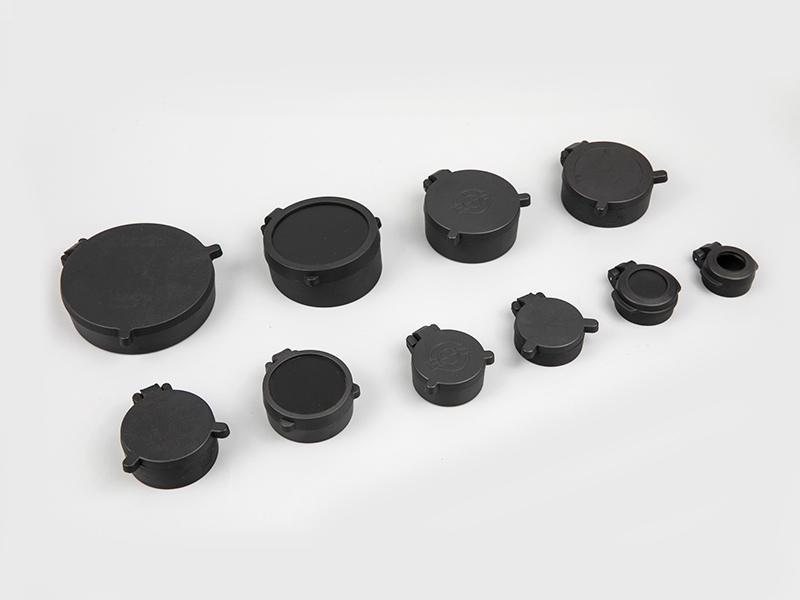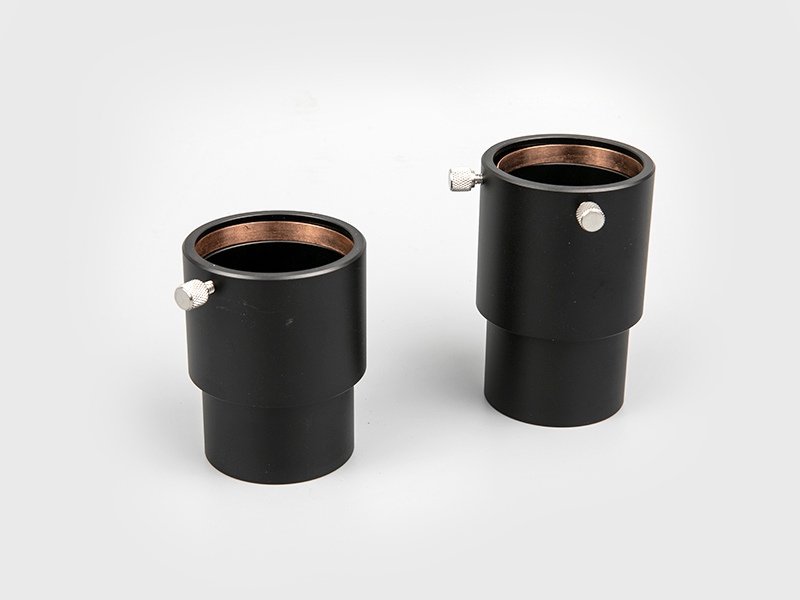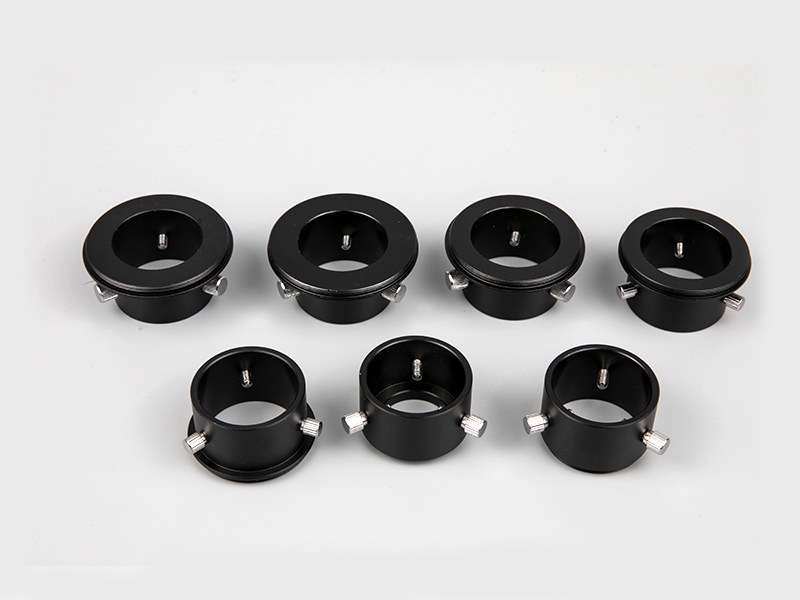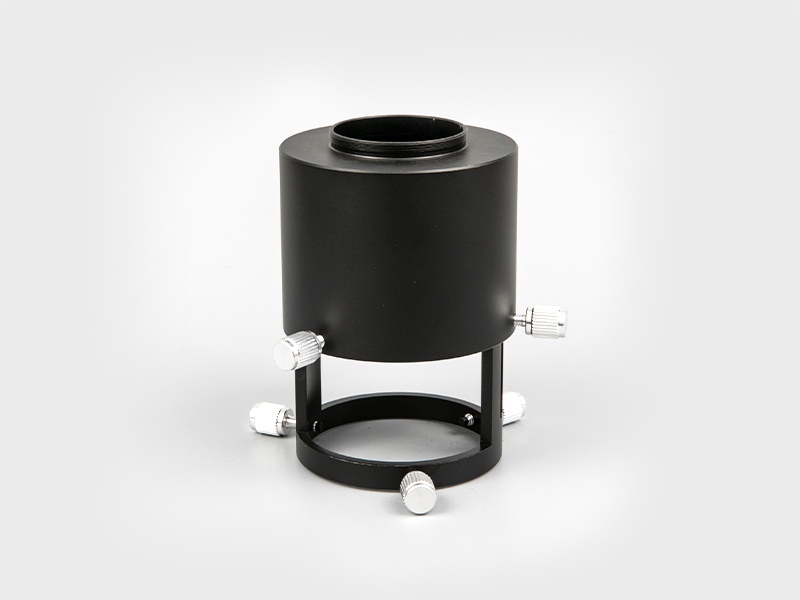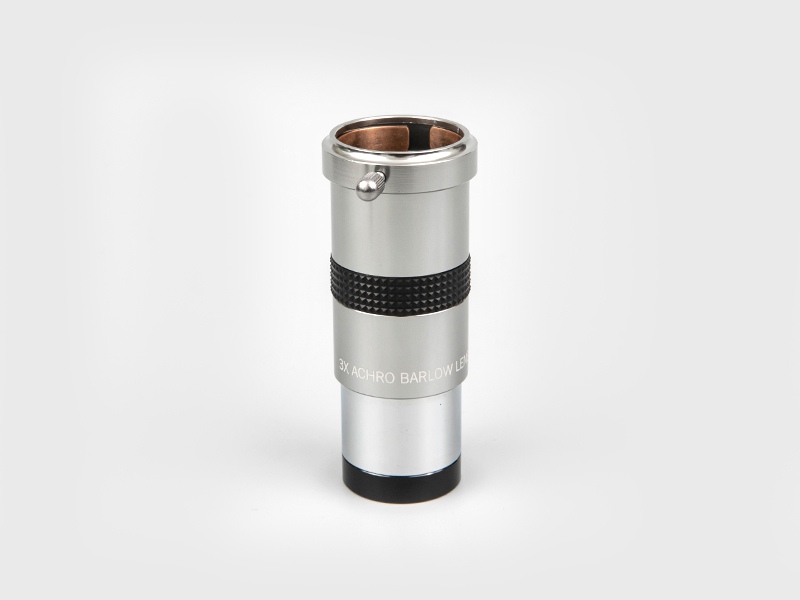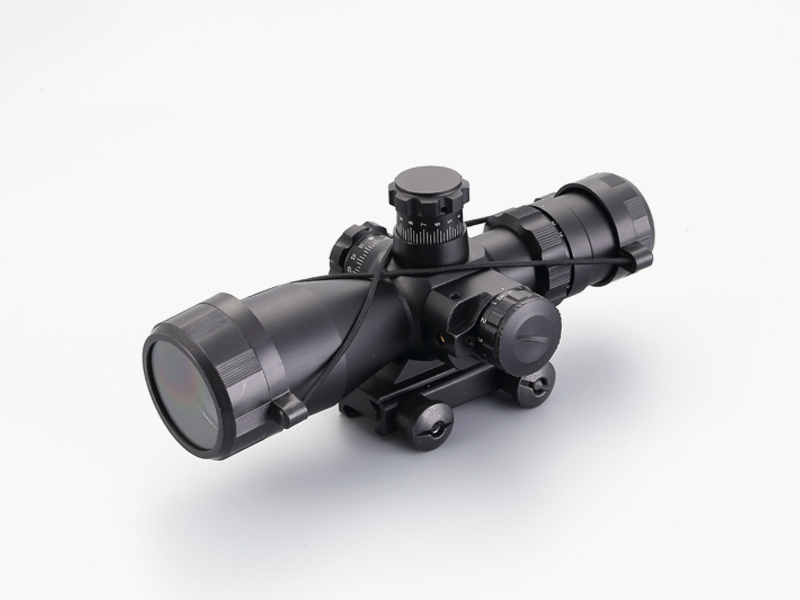Almost all mobile phones nowadays have camera functions. Most of the friends who have telescopes have tried to use the mobile phone to connect the telescope to take pictures, but unfortunately, many photos can only be described in four words: terrible! Let me briefly talk about the shooting principle and precautions, I hope it will be helpful to everyone!
Imaging principle: The PS level is too bad, so I didn’t draw a special light path diagram. I borrowed a Kepler telescope imaging diagram. The right side of the diagram is an eye. From the optical structure, the eye is a camera and the lens is The camera lens and retina are the old film, now the CCD/CMOS.
A point on a distant object emits a beam of parallel light. After entering the objective lens of the telescope, it becomes a convergent light beam. When the light passes through the common focus of the objective lens and the eyepiece, it becomes a divergent light beam. When the eyepiece shoots out, it becomes a beam of parallel light (the function of all telescopes is to turn a very thick parallel light into a very thin parallel light). When this parallel light meets the mobile phone lens, Convergence occurs again, the focus falls on the CCD/CMOS of the mobile phone and becomes an image point. The whole process describes an object point on the object, which becomes an image point. Other object points on the object also correspond to other image points. The geometric relationship between the image point and the image point and the contrast between light and dark are similar to the object point. This is the basic principle of imaging with a mobile phone/camera connected to a telescope.
Precautions
1. The center axis of the mobile phone lens must coincide with the center axis of the eyepiece, otherwise the captured image will be off-center
2. The mobile phone lens must be kept at a proper distance from the eyepiece, which is the exit pupil distance of the eyepiece, otherwise the complete field of view cannot be taken
3. If you hold the telescope in one hand and the camera in the other hand, both hands are shaking, and you can't maintain the necessary stability, and you can't take good pictures. It is best to fix the telescope, focus on the phone, and adjust the angle and distance of the phone to take a good picture photo.
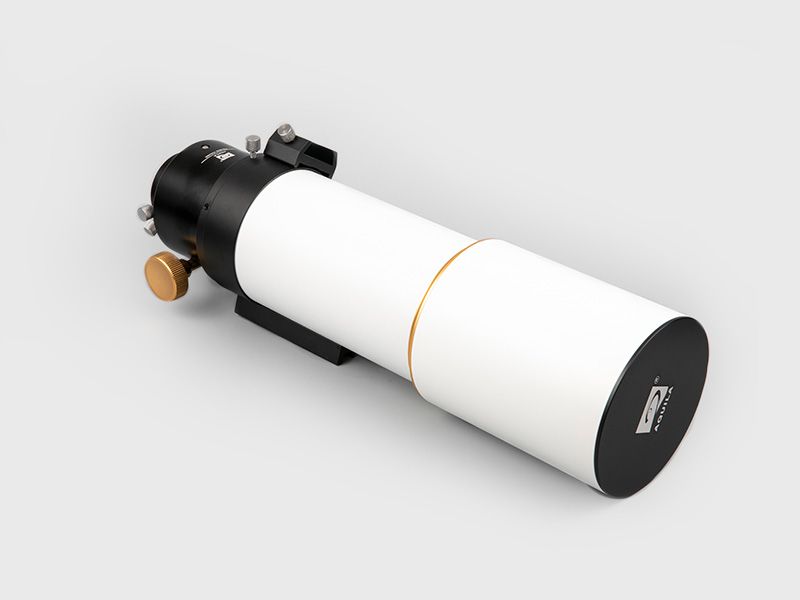

 English
English 日本語
日本語 Deutsche
Deutsche España
España

